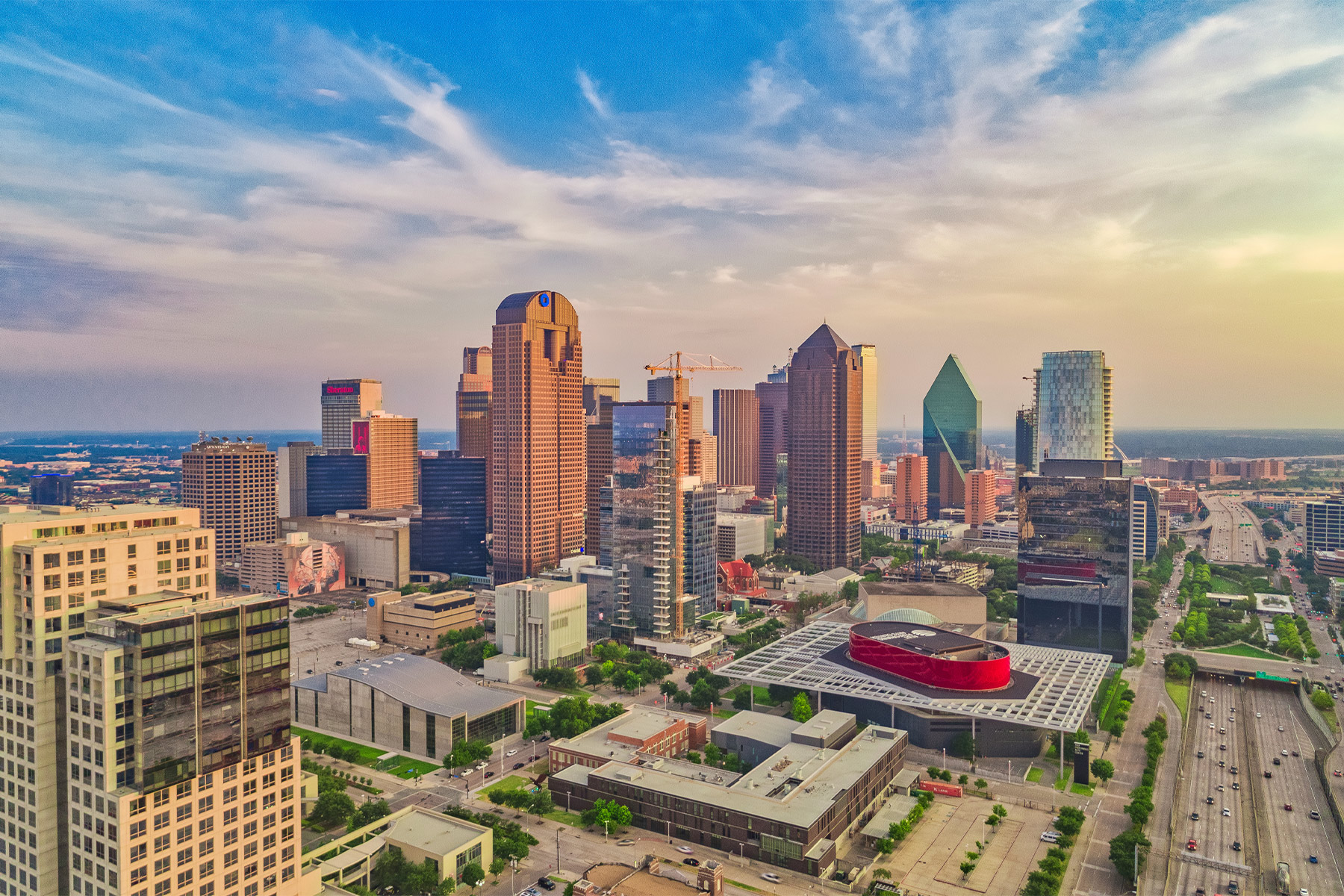About a year ago, I wrote about how Dallas arts and cultural organizations struggle to secure funding from the National Endowment for the Arts. Looking back over two years of grants, Dallas received around 45 cents in federal arts funding per resident. Compared to a city like Seattle, which received around $3.20 per resident during that same time frame, that’s not good.
The city’s Office of Arts & Culture hoped to mentor more arts groups through the federal endowment’s application process. A year later, however, and things haven’t improved. The latest round of NEA grant funding has been announced, and out of 1,114 recipients, only 54 are in Texas and just four are in Dallas. As Deep Vellum founder Will Evans points out on Twitter, that’s four grants for the arts in the ninth largest city in the country. Yikes.
Why should we care? Well, as I wrote last year, NEA funding not only helps pay for important cultural activity, it is something of a barometer of the health of a local arts community. Cities that receive the lion’s share of NEA funding also tend to have strong sources of local and state funding. Healthy local patronage enables arts organizations to build capacity for long-range planning and foster a depth of development experience that can help craft successful NEA grant applications. The lack of successful NEA grant applications in Dallas is one indication that our local arts ecology is ill.
We don’t know how many Dallas arts groups applied for NEA grants during this round of funding, so it may not be that groups are being rejected—they may not be applying. But that’s its own kind of problem. If groups are not aware of the availability of grants or feel like they wouldn’t qualify for NEA funding, it suggests a lack of organizational and administrative maturity. This only amplifies something we’ve known about the Dallas arts scene for a while: inequity is baked into the arts scene’s very structure.
As Dallas Morning News critic Mark Lamster wrote over the weekend, cultural inequity is designed into the very bones of the city, and undoing that will require some of Dallas’ cultural institutions to rethink the way they interface with the community. For example, Lamster provocatively challenges the Nasher Sculpture Center to live up to its professed desire to expand its reach by literally tearing down the walls that surround the museum’s bespoke garden. But there is also implicit inequity reflected in the kinds of arts groups that local patrons are willing to support. It is not an accident that our “entrepreneurial” arts scene is too easily characterized as a handful of well-established organizations and a lot of struggling upstarts.
Don’t get me wrong—there are exceptions to this rule, and many arts advocates, including the city’s cultural office, have shown an increased awareness and desire to fix some of these problems, which will take longer than a year. Some Dallas patrons have also stepped up during the COVID-19 pandemic to help boost arts groups, which have been hit particularly hard. For example, TACA created an emergency relief fund to help artists during the crisis.
But the lack of NEA grants shows that for too many artists and arts promoters, funding is attained by returning again and again to the same philanthropic wells. Dallas’ over-reliance on this kind of private philanthropy perpetuates a kind of subservient dynamic in Dallas cultural scene. This is why public support of the of the arts is important: it can offer a financial corrective to the prejudices, biases, and blindness of the philanthropy class.
The lesson for Dallas in the continued lack of NEA grant funding is this: increasing state and local funding for the arts is one way of increasing federal funding for the arts. And while increasing municipal funding for the arts during a pandemic-induced economic crisis is a difficult ask, as the recent calls to defund the police remind us, the availability of public dollars is often as much a reflection of political priorities as it is a function of scarcity.
In fact, the arts are very much a part of that defunding conversation. The arts scene holds up its own mirror to Dallas’ historical racism. Dallas has long funded incredible museums, top-notch classical music organizations, and Tony-award winning theater, while neighborhoods around the city are starved for the kinds of community arts programs and arts education that have been shown to have a positive impact on improving opportunity and breaking cycles of poverty.
NEA Grants should be one tool at Dallas’ disposal for advancing these kinds of initiatives and remaking the city’s cultural and philanthropic ecosystem. Sadly, for now, they are yet another indicator of how Dallas lags behind.





